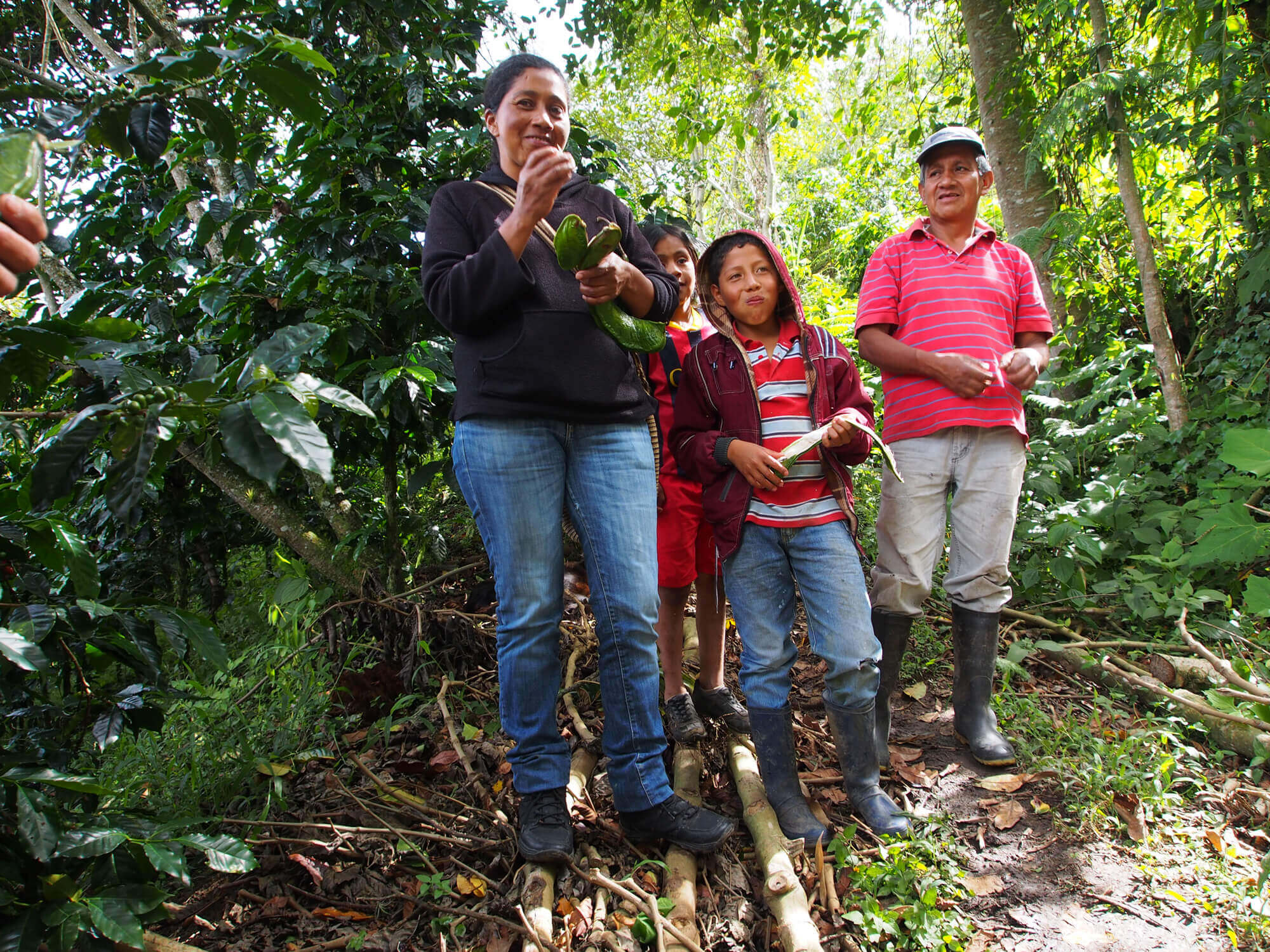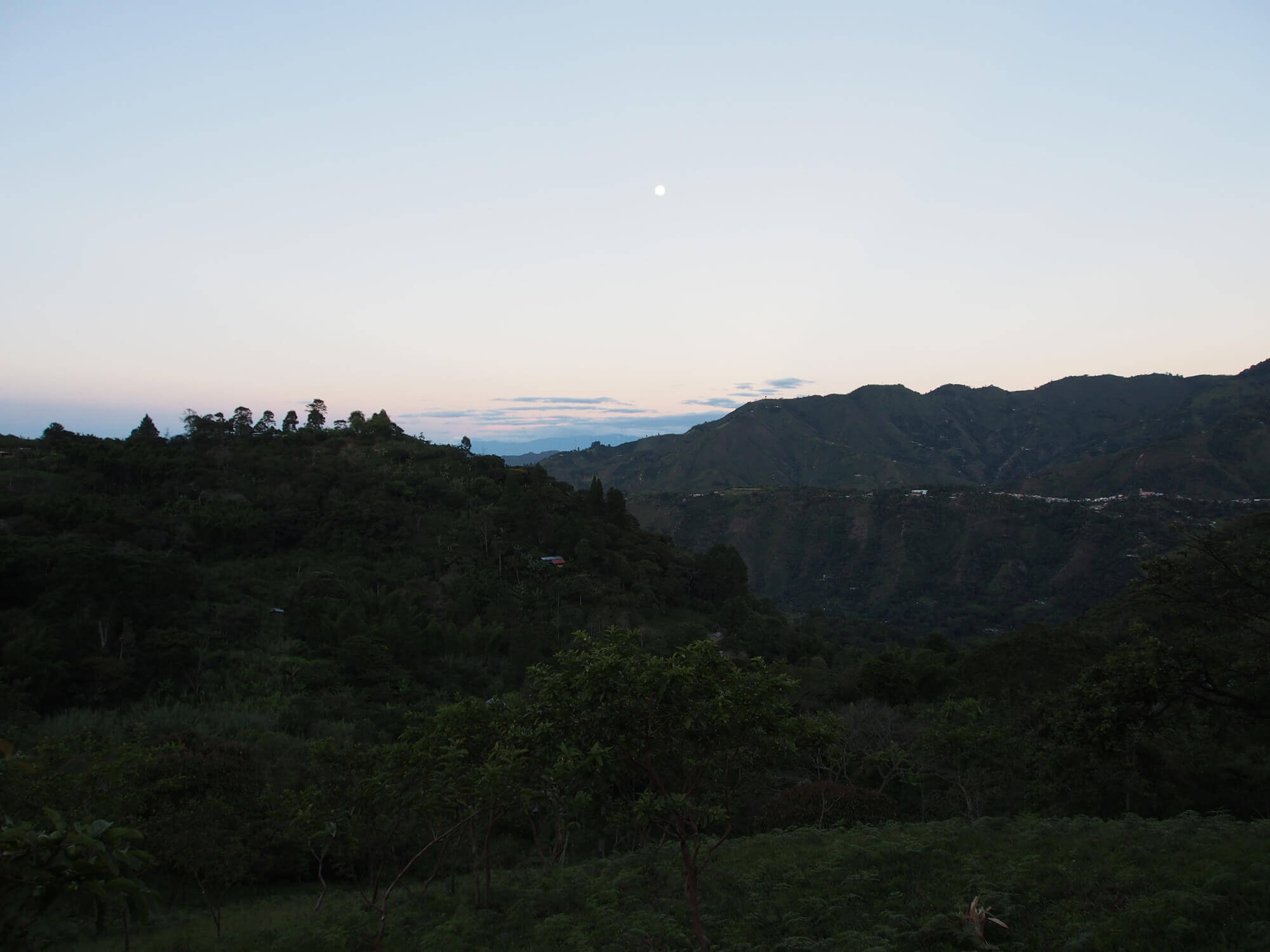I’ve personally been working with the Asorcafe producer’s association in Inza de Cauca for 9 years now. There isn’t a relationship in the world that holds more weight for me both personally and professionally than this one. After moving on from my time spent in Costa Rica working at the farm and export level, it’s very fair to say that I cut my teeth as a buyer on the roaster’s side in Colombia and with Asorcafe in particular. After all of these years we have cultivated a mutual sense of trust. We know what we have to get done on our respective sides to ensure the continued production of top quality coffee. This is the most organized, motivated and responsible association I work with in the entire world. These are often our most popular coffees anywhere and it’s surely not hard to tell why. You can trust that these coffees are world class.
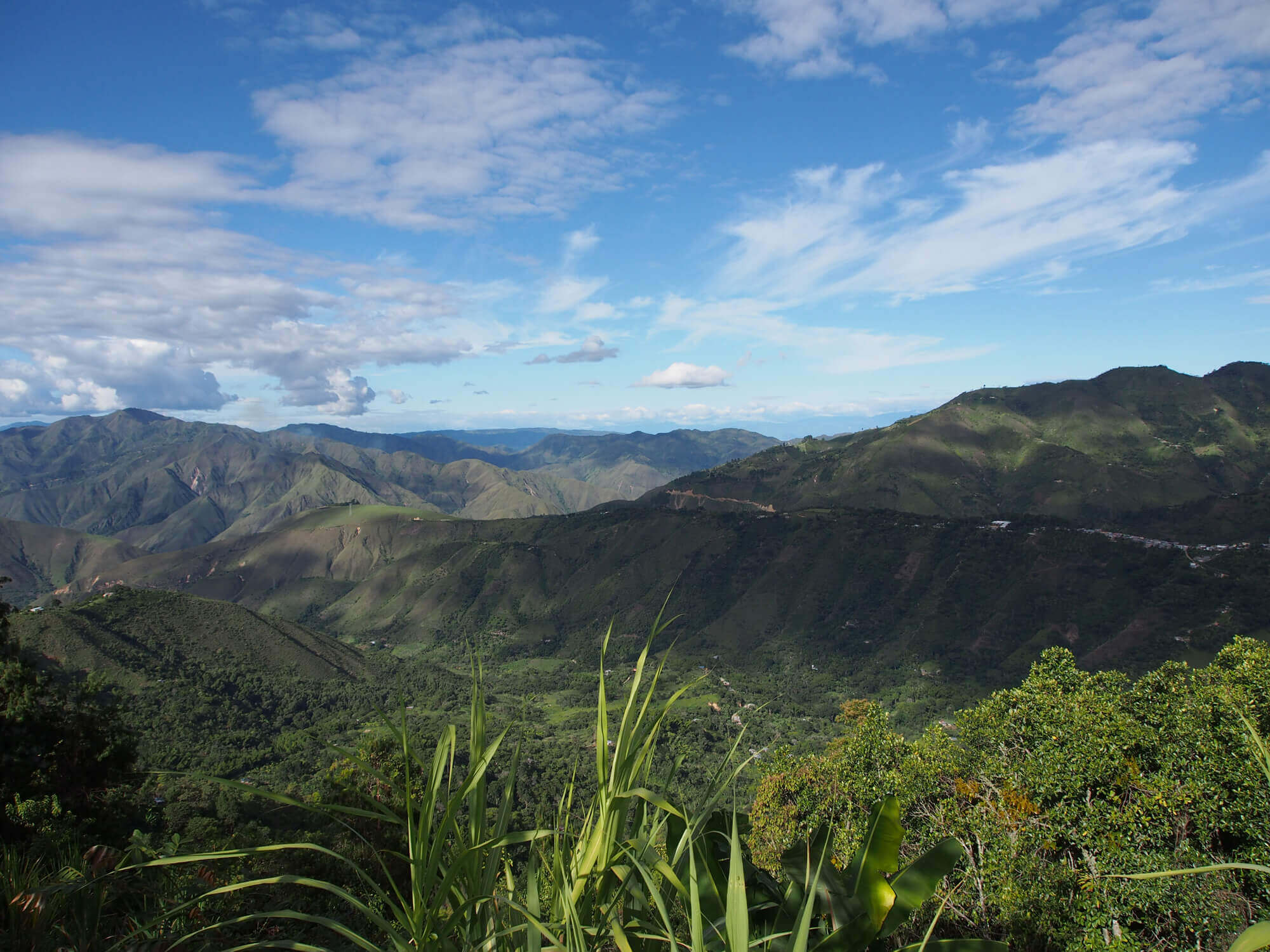
Inza de Cauca is a 4-5 hour drive from Popayan, capital of the Cauca Department, depending on the weather really. Cauca is wet and rainfall is constant. Landslides are a common occurrence as are the road blockages they cause. After leaving the city we quickly begin the steep climb up the mountain through Totoro and across the paramo at upwards of 3,000 masl. It’s a beautiful drive and if you happen to know what you’re doing you’ll be sure to stop for the smoked trout breakfasts up at the top. From that point it’s another couple hours down the mountain into Inza, the gateway into Colombia’s historic Tierra Adentro and its pre-Columbian ruins.
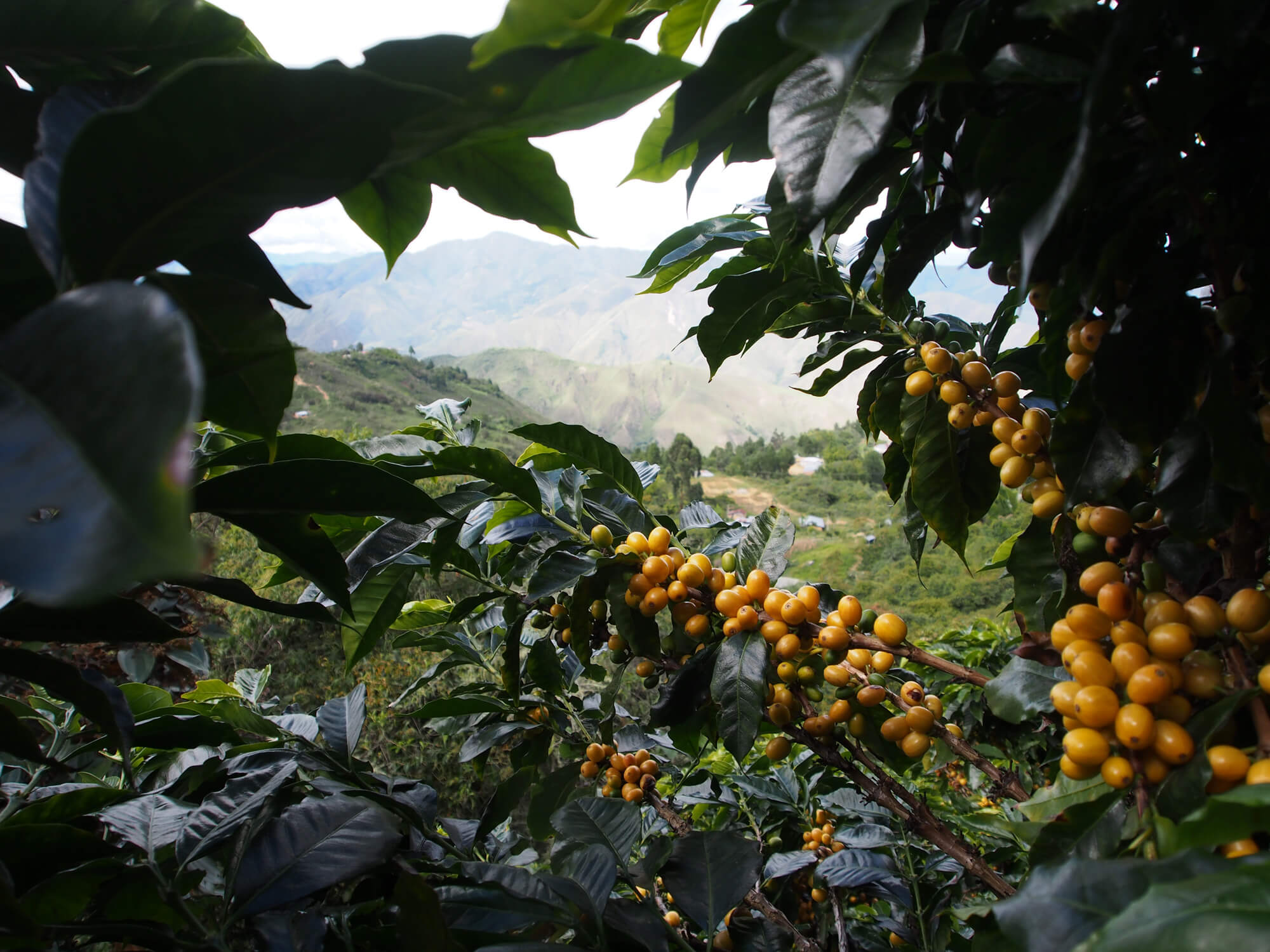
But we come for the coffee. The producer members of Asorcafe have farms ranging in altitude from 1700 – 2200 masl; extreme altitude. The group has done a miraculous job of warding off the newer varietal pushers and their Colombia and Castillo seeds. Inza is still full of Caturra with healthy doses of Bourbon and Typica to boot in certain fortunate subregions. Processing is standardized across the region in true smallholder Colombia fashion – great focus on ripe cherry selection, manual depulping of coffee beans from their cherries, 18-24 hour fermentation, washing in clean, tiled tanks and drying on raised parabolic beds to protect from the elements. We cup every lot within 15 days of it finishing the drying stage and put all approved lots into grainpro immediately in the association warehouse. These coffees don’t leave the grainpro until the moment they are dry milled, and they go into fresh bags immediately after. We re-use the storage bags again for fresh parchment.
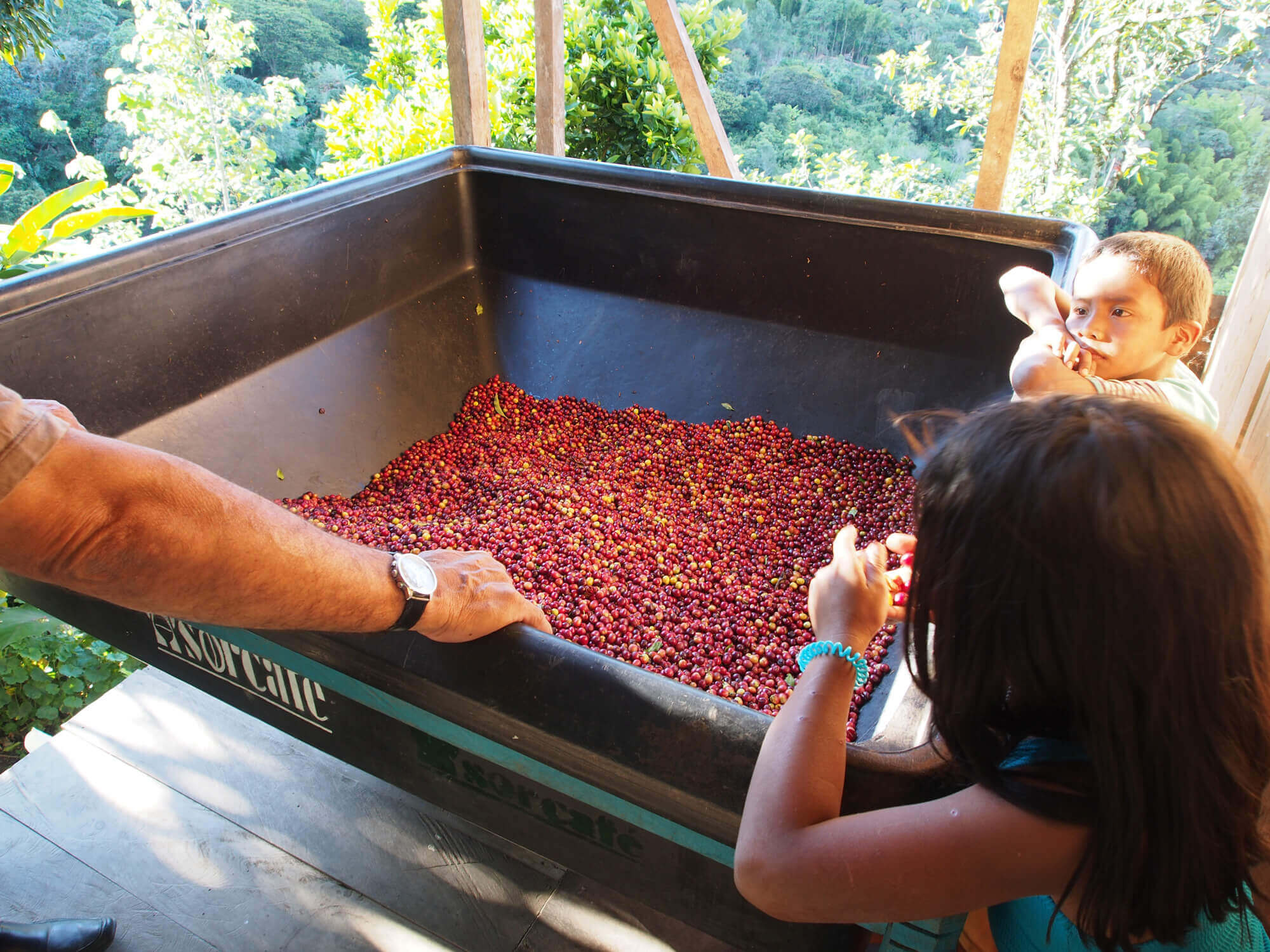
To this day these are still my favorite coffees in all of Latin America. The sweetness is so rich and laden with dark sugar notes of panela/muscovado, aged rum and ripe stone fruits. These are full bodied coffees. They are complete and supreme in the sense of balance. We buy from all over the valley – three larger regions in particular: Inza, Pedregal and San Antonio. Acidity can run the gamut from the malic flavors of crisp asian pear and fuji apple to tart, refreshing green grape. Asorcafe coffees demonstrate thought-provoking complexity.
